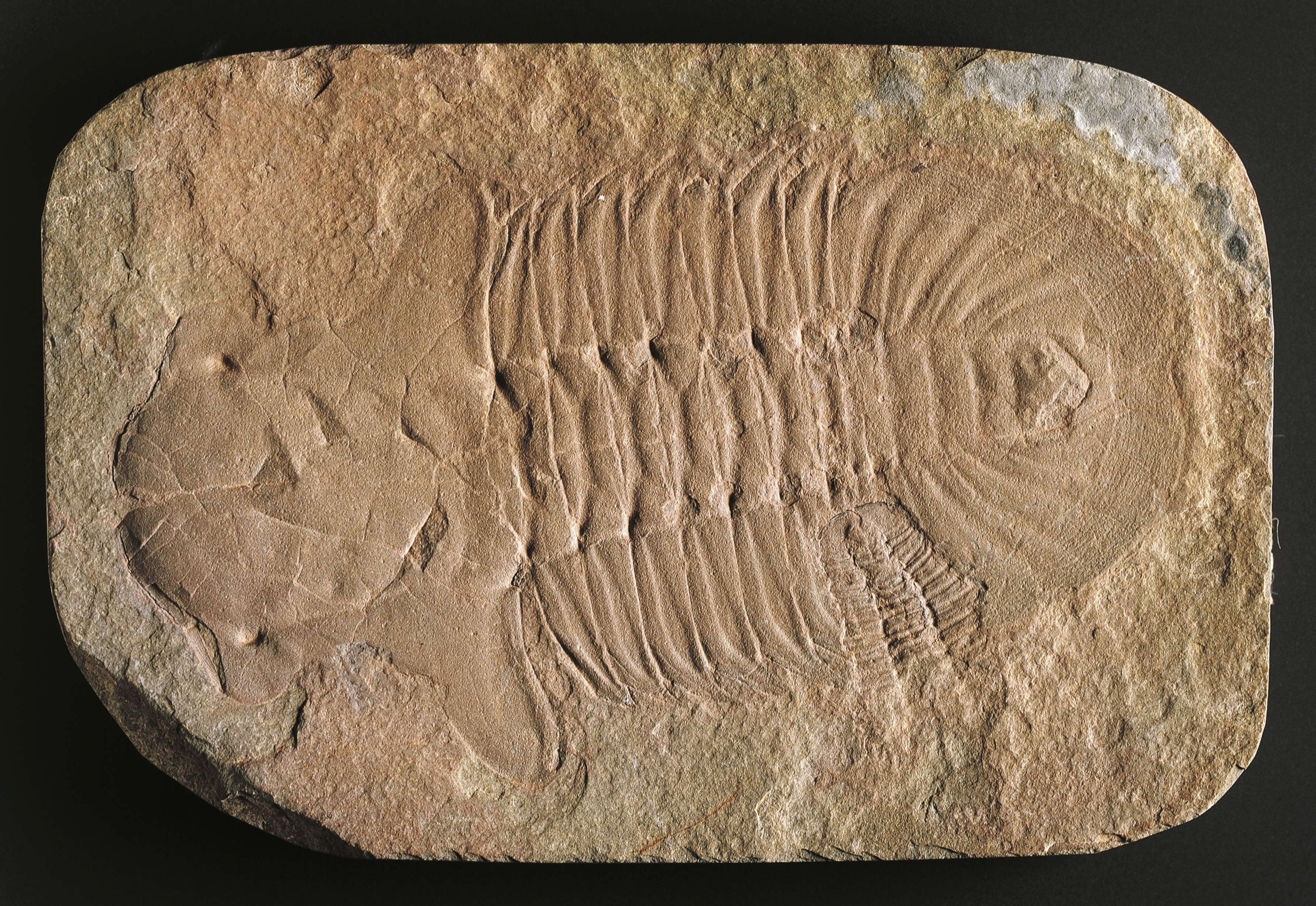Create a free profile to get unlimited access to exclusive videos, sweepstakes, and more!
Forget the dinosaurs; what caused the first mass extinction ever?
Now we know what caused the Late Ordovician Mass Extinction, and it doesn't bode well for us now.

The most infamous mass extinction is obviously the attack of the killer asteroid that wiped out the dinosaurs, but there were much earlier horrors. Not to mention later. We could be living in one now.
Mass extinctions are phenomena that kept repeating even before humans had a chance to screw up the planet (not that we’re helping the situation now). There are five that stand out from the rest, known as the “big five,” including the fall of the dinosaurs and beginning with the Late Ordovician Mass Extinction, or LOME. While it doesn’t seem as dramatic as the last gasps of T. rex, it could tell us how close we are to devastation now, unless we turn things around.
Some 445 million years ago, when Earth was mostly covered in water, about 85% of marine species vanished. Why was a mystery until researchers Alexandre Pohl of UC Riverside, Zunli Lu of Syracuse University, and their colleagues investigated isotopes in rocks that were once submerged in water. They found that global cooling in the deep sea disrupted the entire ecosystem. Led by Pohl, the team recently published a study in Nature Geoscience.
“Upper-ocean oxygenation trend was associated with the increase in the extent of global seafloor anoxia documented based on uranium isotopes in a physically consistent scenario,” he told SYFY WIRE. “These opposite trends would have remained largely enigmatic otherwise.”
Anoxia, or the lack of oxygen, on the seafloor is consistent with oxygenation in shallower waters because oxygen dissolves in the deep sea and floats upward. Many life-forms cannot survive without oxygen. This triggered a massive die-off that tortured Earth for anywhere between 500,000 to nearly 2 million years. It might not seem like deep sea anoxia would affect anything near the surface at first, but as more species went extinct, others lost their food sources, and the chain reaction continued until things that lived in the upper ocean were also affected.
Malformations in fossilized plankton from that era, which were found to contain unusually high amounts of toxic heavy metals, also indicate that anoxia might have contributed to the increase in levels of those metals in the seawater during LOME. That was also a deathblow.
It was isotopes of iodine that gave away what happened. Finding out how much of two particular iodine isotopes was in carbonate rocks was like opening time capsules from the Late Ordovician. Pohl and his team were able to see the connection between levels of those isotopes and anoxia in the deep. In water that is low in oxygen, IO3- or iodate, the only form of iodine found in carbonates, is reduced to I- or iodide. Evidence of changes in these isotopes that was preserved in the rocks showed how much oxygen there was in the seawater at different points in time.
“Modeling helped explain the expansion of deep-ocean anoxia in response to global cooling,” said Pohl. “This is relatively new and not expected based on the seminal model of oceanic anoxic events established in the Mesozoic, which associates anoxia with global warming.”
Putting the iodine findings and other data, including temperatures and uranium isotopes, into the cGENIE Earth System Model program allowed Pohl and his team to see how global cooling caused a gradual increase in seafloor anoxia across the planet and led to the LOME. However, while anoxia did serious damage, it is not seen as the kill switch here because it didn’t just arise out of nowhere. The actual killer is thought to be the global cooling that was behind the spread of anoxia to begin with.
So how close are we to a sixth cataclysmic mass extinction from mostly anthropogenic global warming? Pohl’s prediction is a grim reminder that we need to take action before it is too late.
“At the geological time scale, I think we can expect very rapid consequences,” he said. “Ongoing climate change now is much faster than virtually any global climate change documented in the geological record over Earth’s history.”


























